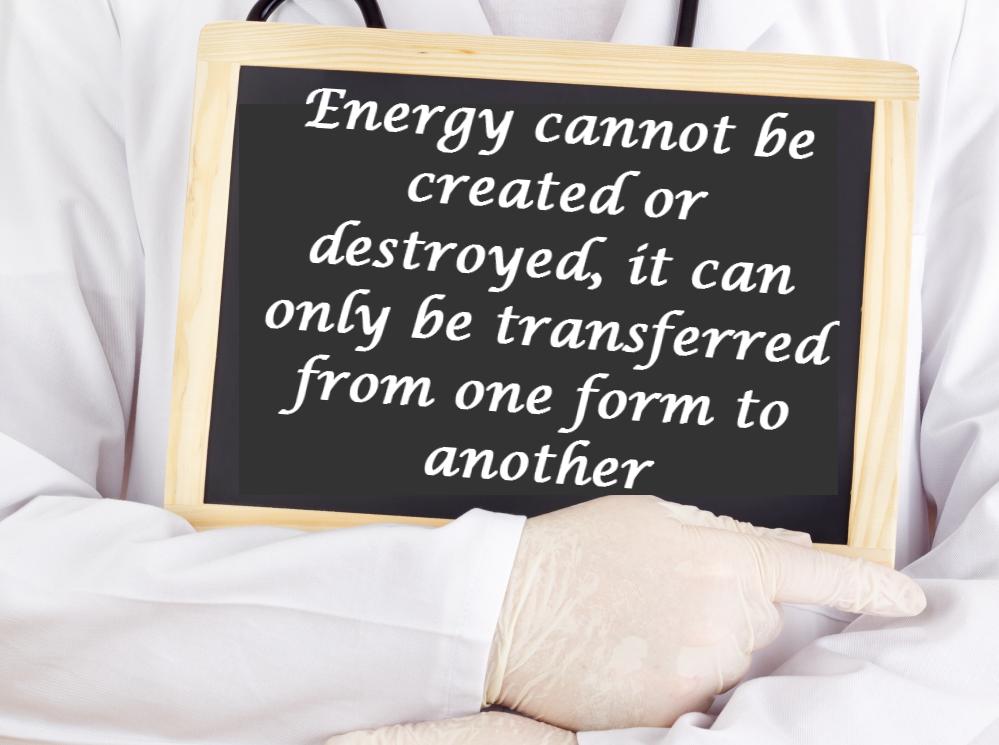Forms of energy
James Joule was an English scientist born in Lancashire in 1818. He was the first scientist to realise that energy can come in many different forms.
He realised that energy can have any of the forms shown below:
Sound energy
Light energy
Electrical energy
Chemical energy
Thermal energy (better as known as heat)
Kinetic energy (better known as movement)
Gravitational potential energy (the energy released when you jump off a wall, for example)
James Joule's work was rewarded by naming the units used to measure energy after him. Energy is measured in Joules (J) or more commonly kilojoules (kJ) which is 1,000 Joules.
1 kJ = 1,000 J
A 100 W light bulb releases 6,000 Joules of energy every minute in the form of light and thermal energy. This can also be represented as 6 kJ of energy released every minute.

Changes in systems

When one form of energy becomes another form, this is called an energy transfer. You need to understand that the total amount of energy will always be constant (the total amount of energy at the start of a process must always equal the total amount at the end). It tells us that energy cannot be created or destroyed. This is called the principle of conservation of energy.

When we talk about changes in systems, we are talking about the physical changes that occur to the object that has experienced an energy transfer, rather than just thinking about which forms of energy were involved. For example, when someone on a bicycle squeezes the brake handle, they will slow down. Their kinetic (movement) energy will transfer to heat energy as the tyre grinds against the ground. This is the energy transfer.
If you then wanted to consider the change in the system, you would need to think about the brake pads and the ground becoming warmer, due to friction acting and the transfer of the heat energy.
So, changes in systems are about how an object has been affected by the energy transfer. This could be something as simple as a change in temperature or a change in position, or something more drastic such as a change in shape, or a chemical change.
Let's get started!







